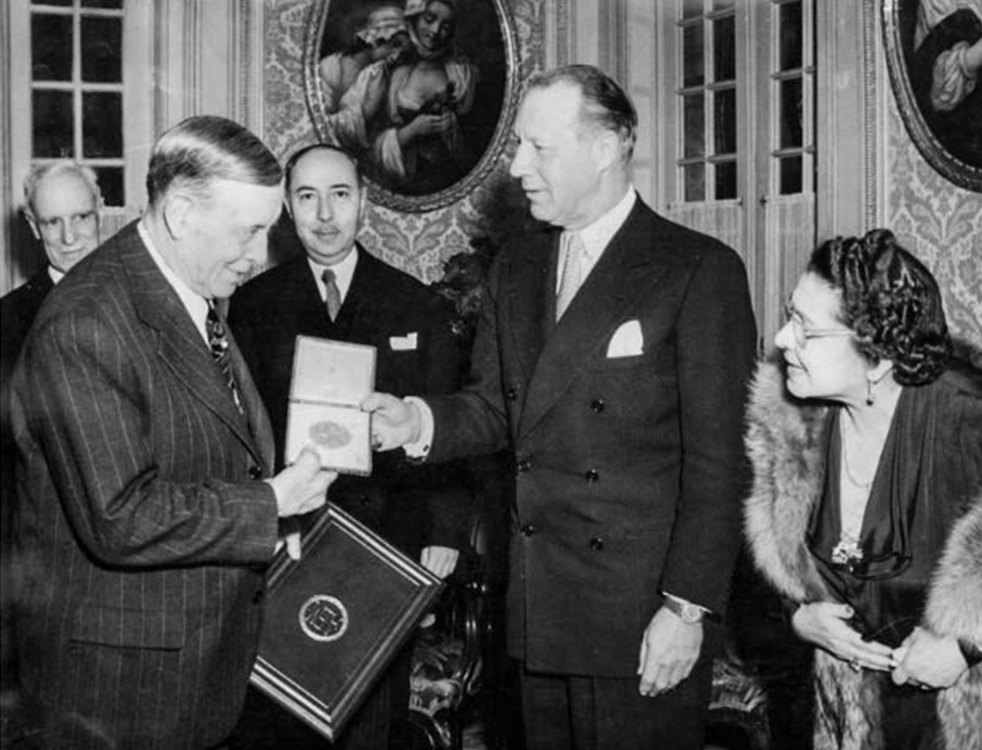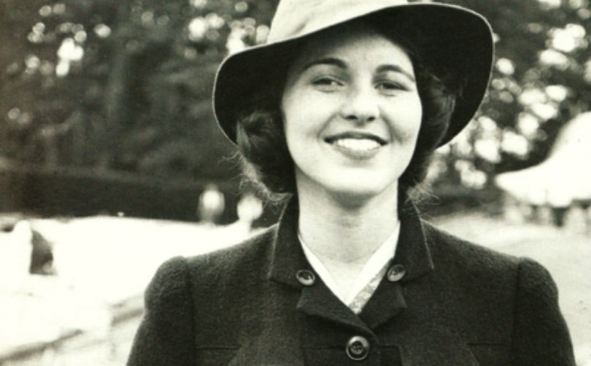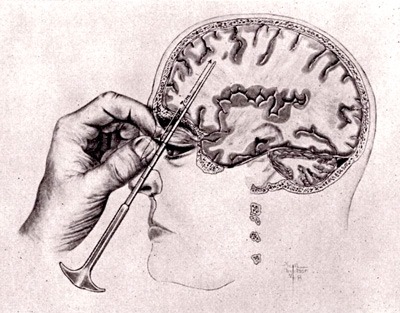It is with welcome arms that science has come on in leaps and bounds since “the good old days”. No longer do people use mercury on their skin, eat the livers of mummies to cure epilepsy, or use leeches to try to stop infections. Despite our advances in this field, well into the 20th century, the horrific procedures were not over, case in point: the lobotomy.
Introduction

Lobotomies in their modern form took off as late as the 1930s. Even back after the first modern account in 1888, the Swiss doctor Gotlieb Burckhardt received criticism for his lack of morality and ethics.
Portuguese neurologist Egas Moniz introduced the system to the forefront. The premise of the then-leucotomy procedure which removed part of the frontal lobe of the brain of the victim. Despite the hugely-problematic discovery of one of history’s most dreadful practices, he later received the 1949 Nobel Prize in Physiology or Medicine for his discovery of “the therapeutic value of leucotomy in certain psychoses.”
Moniz had been at a London medical conference in which a Yale physician revealed how removing the frontal lobe of two chimpanzees caused drastic behavioural changes. Digging into the skull, a leucotome (rod) was used to severe the fibres of the frontal cortex to the rest of the brain
Exploitation Under Walter Freeman
The term ‘lobotomy’ was popularised by American physician Walter Freeman, who performed the operation despite not being a neurosurgeon.
Walter also created the horrifically brutal ‘transorbital lobotomy’, which saw him penetrate the corner of the eye socket with an eye socket, severing the connection between the frontal lobes and the thalamus. This was the area Walter believed controlled human emotions.
In addition, sterilisation was not a common practice so infection was very much on the table. He never wore a mask or gloves.
A mallet drove the ice pick-like orbitoclast two inches deep before rotating. Another two inches, turned, etc. Then it was switched to the other eye.

This showman performed over 4,000 lobotomies across four decades and 23 states, ending in 1967. Costing $25 and performing on subjects as young as four-years-old, he sometimes performed this incredibly dangerous and inhumane experiment, he sometimes performed on both sockets at the same time, one with each hand.
In the 1940s, 5% of patients died immediately after the procedure. Others mentally regressed and/or were left in zombified states. They suffered seizures and were institutionalised.
The reason this was allowed and welcomed was so that looking after these mentally ill subjects would now be much easier, as they lay in a vegetative state.
The Sad Case Of Rosemary Kennedy
In every nation it was performed in, more women were subject to lobotomies than men, reflecting the gender and social values of the era.
Rosemary Kennedy was one of these. The future sister of President John F. Kennedy, she had suffered from mood swings, seizures, and violent rages in her early adult life. Not wanting to bring a sense of shame to the family name, her father Joseph asked Walter Freeman to perform his lobotomy procedure.
In 1941, she was lobotomised. She was just a young 23 when this all happened. Her father did this with secrecy from the family; he did not even tell his wife.
This was prior to the implementation of the ‘transorbital lobotomy’. James W. Watt’s who performed the operation alongside Freeman commented the following in Ronal Kessler’s 1996 biography of Joe Kennedy, Sins Of The Father: “After Rosemary was mildly sedated, “We went through the top of the head,” Dr Watts recalled. “I think she was awake. She had a mild tranquillizer. I made a surgical incision in the brain through the skull. It was near the front. It was on both sides…The instrument Dr Watts used looked like a butter knife. He swung it up and down to cut brain tissue.”

Rose had left her with the mental capacity of a toddler. She had to learn to talk and walk again on top of incontinence and acquire Erb’s Palsy in her arm. Her father never visited her ever again. Her mother barely visited.
JFK signed the Mental Health Work Bill in October 1963 to save patients from lives in institutions, perhaps inspired by his sister’s story. It was the last bill Kennedy ever signed.
Although Rosemary lived to the ripe age of 86, especially long for a Kennedy, she had lived nearly a quarter of it in misery. Described in the book The Kennedy Women: The Saga Of An American Family, Rosemary was a “picturesque young woman, a snow princess with flush cheeks, gleaning smile, plump figure, and a sweetly ingratiating manner to almost everyone she met.”, the promising life of this young woman was robbed away by this unbelievably horror-inducing operation.
In addition, Eva Peron and Tennessee Williams’s sister both underwent the knife for this practice.
Impact

Lobotomies were horrifically prevalent.
1949 alone saw 5,000 lobotomies alone, up from 700 from the 1940-1944 period. By 1951, 20,000 Americans had been lobotomised. The USA had 40,000 lobotomies in total. The UK saw 17,000.
This ballooned too outside the US, with the most per capita taking place in Scandanavian (Nordic) hospitals. 100,000 took place worldwide.
One of the first nations to ban the operations was actually the Soviet Union, in 1950. In the following decades, the operation thankfully faded away.
Epilogue
An inhumane, appalling, wretched medical operation, you would be forgiven this was medieval England or an indigenous tribe thousands of years ago. This, however, was deep into the 20th century.
Just decades ago, anyone who was displaying symptoms, not the norm was forced to undergo a horrific lobotomy. Such were the requirements and attitudes to mental conditions at the time. All of this just to make those ill easier to handle. A condition in which their life and the lives of those around them were ruined, this wince-inducing practice was celebrated for the longest time.
We can live in hope that no longer will lobotomies be present in the civilised western world. Although medicine is never perfect and never will be, it is likely that in modern times we will never again see a practice like the lobotomy. The future is no picnic but at least we are not in the past – mental health developments have comes far since then and long may it continue.
GRIFFIN KAYE.


